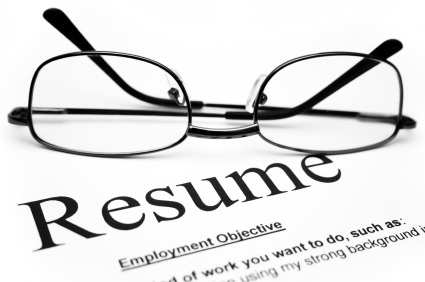Why Can’t I Get an Interview?
You are back in the job market, or recently out of college, and you need to get hired as quickly as possible. There are bills, potentially including college loans, to be paid, and you are having trouble even getting an interview. There are some things that you might consider to put you on the radar screen and these things revolve around your resume.
_______________________
What Do Employers Look At?
Recruiters and hiring managers look at a variety of inputs. The most important item you have what it comes to creating interest is your resume, so we will start there. The resume can have a positive effect, but the other items can have a deleterious effect. The group is as follows:
- Your resume
- Your LinkedIn Profile
- Your Social Media
- Google, Bing, Yahoo Search
- Public Records
Any of these items any of these items can harm your job search if you aren’t careful. It’s your job to construct them or police them, or at least be able to explain them.
Resume
Your resume is that fact-filled item which creates the interest in you, and hopefully gets you the opportunity for a phone or face-to-face interview.
I cannot stress the importance of having a superior resume, because your competition is honing his or her own resume, and someone will get the call. Recognize that this is an area that deserves as much of your time” cheesy”.
I note the following the following articles to help you get that resume looking as good as possible:
Constructing Your Resume? I Will Give You One!
6 Ways to Sharpen Up That Sales Resume’
Should You Hide a Termination?
Race and Your Resume Part 2 – The 3 Ps
The resume is something that you should be proud of it after it’s completed, and remembers, always lock your resume down by only sending PDF copies of it to prospective employers if you are forwarding it electronically. As you will read in the articles I offer, bullet point your accomplishments, and quantify your results. Also, be prepared to back-up what you have with proof sources.
LinkedIn Profile
Your LinkedIn profile is nearly as important as your resume. It is a way for prospective hiring managers as well as HR professionals to check you without actually making contact using this business-networking site.
With that in mind, make sure that your profile is well done and professional. It should mimic your resume. Remember that it is a “tease” more than a complete “platter” of you and your accomplishments. With that in mind keep it reasonable in length, and it should accentuate the important things that you have done.
Below I’m going to attach an article that might help you with your LinkedIn profile. It is incumbent on you to have a solid, well done LinkedIn profile. People will view it, and you will potentially be contacted without doing anything else.
Keeping in mind the fact that the LinkedIn profile can potentially include a picture, recognize that a picture on the LinkedIn profile obviously erases any possibilities of racial anonymity. In other words they will know you’re race and your gender by taking a look at the profile picture. It is just the way it is now days. It can work to your advantage, or it can work against you in cases where people are being close-minded. I suggest a well-done shot from the shoulder up. No web cam shots and no shots of you at the party at the club.
This article can help you with the link in profile:
Are You LinkedIn? The Best Have Been For Years!
Social Media
If you have read BSJ before coming you know my feelings about social media, and your ability to get employed.
42% of hiring managers and human resource professionals indicate that they would reconsider an applicant after a visit to the applicant’s social media sites! Think about it. This is a window to the type of person that you are. Your actions and your likes and dislikes can be seen there.
Take a good look at the links below, and make your decisions consciously before you lose the chance to get a job.
Employers Checking Your Social Media Profile? Bet On It!
I see many individual’s social media sites and they often include pictures that may be funny and novel, but might make me reconsider whether I would consider them for a position. Note the posts above and make the necessary changes.
Search Engines and Public Records
I will put these two topics together as they are similar. This is important, and I cannot emphasize it enough:
Be the expert on yourself!
I have included one of my favorite posts on this subject, because too many job seekers forget to “investigate themselves”. It is the very first act you need to take in preparing to seek employment. If you neglect this step, you could get a rude surprise in the job search. Know what is on-line which ties you to any problem activity. Check your name, and all variations of your name, so that you can have explanations ready.
Remember this is your first step:
Investigate Yourself! The First Activity of Your Job Search!
You cannot get a job without getting the first interview, so please recognize that now is time to make the changes. Long before start looking at the want ads, get straight your online personality and investigate yourself!
I welcome your comments. Please write me at Michael.Parker@blacksalesjournal.com.
 August 17, 2015
|
Posted by Admin9!
August 17, 2015
|
Posted by Admin9!

 Categories:
Categories:  Tags:
Tags: 

Your Comments